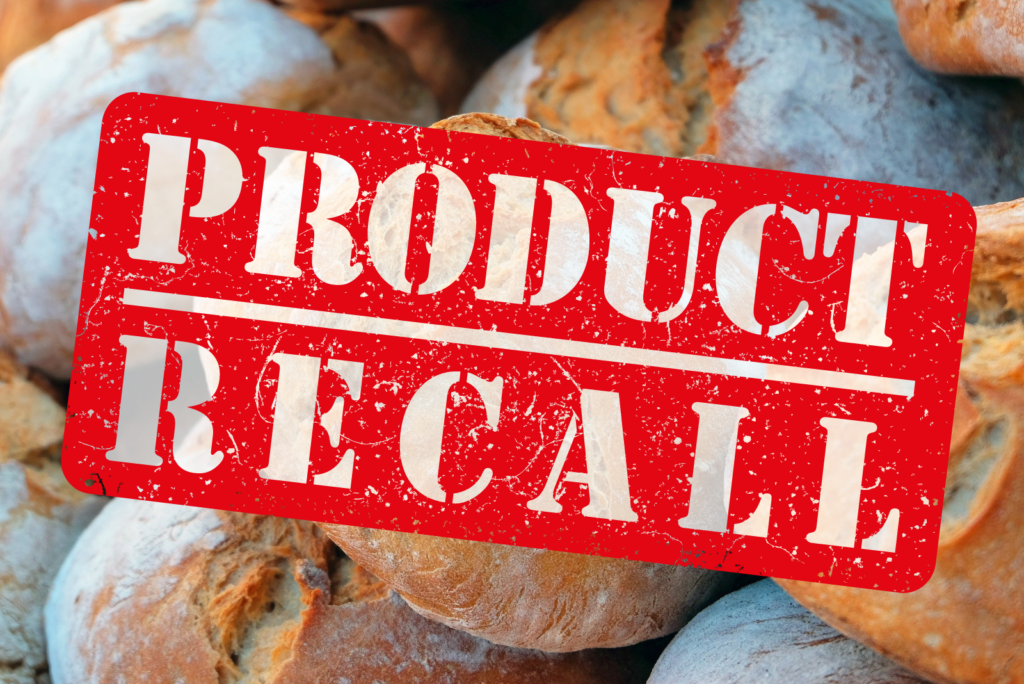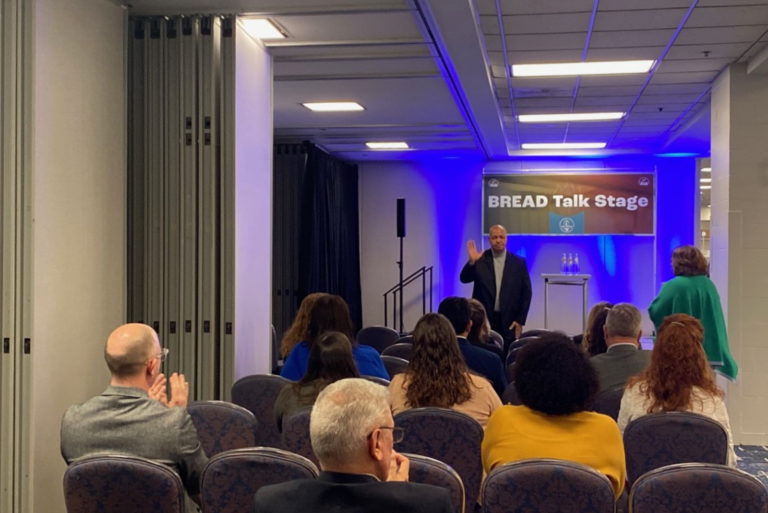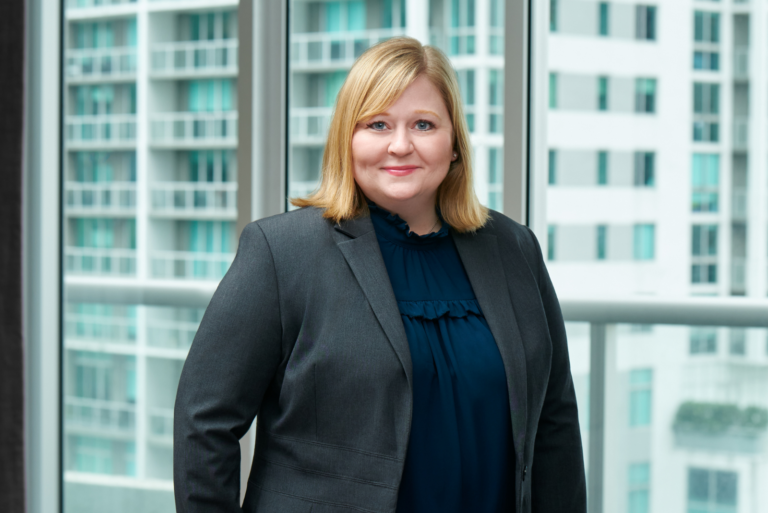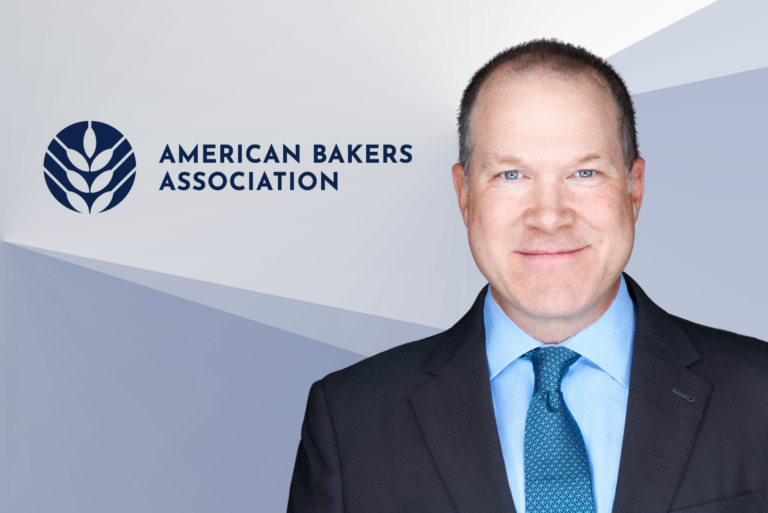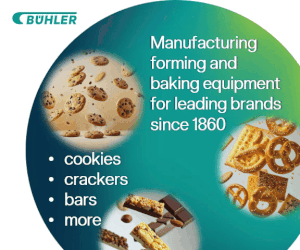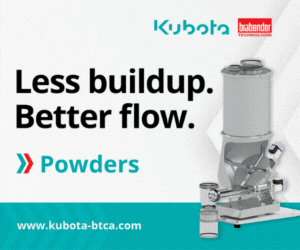KANSAS CITY, MO — A risk management program for a large food producer is not complete without at least the consideration of a product recall policy that includes contamination coverage. As sales rise, compliance requirements expand, customer requirements grow, and the likelihood of a product recall increases. To offset the potential financial loss that can follow, product recall coverage is a viable solution.
This type of coverage has been in existence since the ’80s. In its early stages, coverage premiums were high — starting at six figures — and capacity was scarce. Today, there are at least 50 facilities that offer product recall coverage. Writers of this line include standard carriers, specialty carriers, managing general agents (MGAs) and London-based groups.
Because the available capacity has greatly increased over the years, coverage options have broadened, making higher limits available and trending premiums downward. In fact, for a food producer with strict controls, few losses and higher deductibles, premiums can be as low as $5,000 annually, depending on the limit chosen.
That said, ratings are based on annual sales, so premiums will likely increase with the size of the manufacturer. However, it’s important to note that coverage is available across the full spectrum of food-related risks, including growers, processors, producers, handlers, transportation and restaurants. A partial list of insurers in this space include AXA, Beazley, Berkley, Dual (MGA), Great American, Swiss Re, Talbot (AIG) and other London affiliates.
Many food producers are finding this insurance product affordable today as illustrated by the number of new buyers to the market during the past three to five years. Not only are premium levels stable, but policy terms and conditions also continue to expand.
The immediate assumption may be that this requires a lengthy and cumbersome underwriting process, but due to its narrow focus and specific underwriting requirements, standard product recall coverage indications can be turned around in anywhere from two weeks to 30 days, assuming the required underwriting information is complete.

